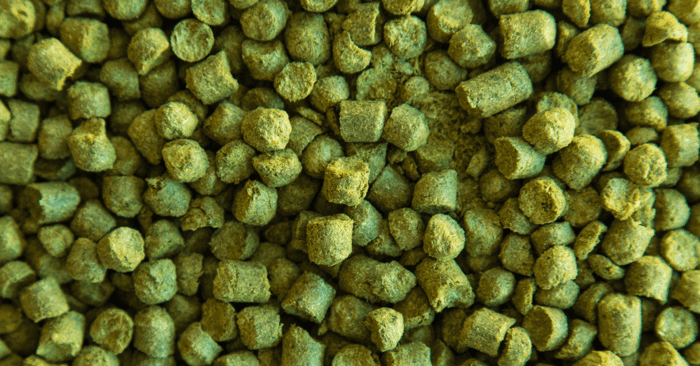What if we told you there's a centuries-old brewing technique that lets you create two completely different beers from a single mash? Welcome to parti-gyle brewing—a method that's as clever as it is traditional, and one that's finding new fans across European breweries both commercial and home-based.
The Parti-Gyle Process: Efficiency Meets Creativity
The concept is beautifully straightforward: mash your grains once, drain the first wort, then mash the same grains again for a second extraction. What emerges is brewing brilliance—two distinct worts with different characteristics that you can transform into entirely separate beers.
Your first runnings typically yield a concentrated, lower-volume wort perfect for stronger styles, whilst your second extraction provides higher volume at a more moderate gravity. The real artistry begins when you boil each batch separately, opening up endless possibilities for hop combinations, specialty additions, and fermentation choices.
Why European Brewers Are Rediscovering This Method
Consider the practical benefits: instead of producing 20-25 litres of a heavyweight Belgian quad or English barley wine, you can craft a smaller batch of that special beer alongside a larger quantity of something more sessionable. It's particularly brilliant for those strong winter warmers—you get your celebration beer whilst also creating something perfect for casual evening enjoyment.
Traditional European brewing regions have long understood this wisdom. Medieval monasteries used similar techniques to create their "small beer" for daily consumption alongside stronger ales for special occasions. We're simply applying those time-tested principles with modern precision.
Breaking Down the Calculations: A Step-by-Step Approach
The maths might seem daunting initially, but once you grasp the principles, it becomes second nature. Let's examine a practical example using metric measurements that make sense for European brewers.
Recent Brew Example:
- Target: 9 litres American barley wine (OG 1.075) + 15 litres American pale ale (OG 1.035)
- Grain bill: 4.55kg Maris Otter, 950g Munich malt, 160g crystal malt
Calculating Gravity Requirements:Using the gravity units method:
- Barley wine: 9L × 75 points = 675 GU (converted to metric equivalent)
- Pale ale: 15L × 35 points = 525 GU
- Combined requirement: 1,200 GU
Assessing Grain Contributions:At 75% efficiency:
- Maris Otter: 4.55kg yields approximately 1,040 GU
- Munich: 950g contributes roughly 130 GU
- Crystal: 160g adds about 40 GU
- Total available: 1,210 GU
The numbers align perfectly, giving us confidence in our recipe formulation.
Fine-Tuning on Brew Day
Understanding gravity units provides flexibility when brew day doesn't go exactly to plan. If your gravity readings come in below target, extending the boil concentrates the wort naturally. Readings too high? Careful dilution with brewing liquor brings everything back into balance.
The key consideration is maintaining hop balance when making volume adjustments. Your bitterness calculations depend on final volumes, so any changes require corresponding modifications to your hop schedule.
Traditional Meets Modern: Making Parti-Gyle Work Today
This isn't just about historical curiosity—parti-gyle brewing offers genuine advantages for contemporary home brewers. You're maximising extraction efficiency whilst exploring creative possibilities that single-batch brewing simply cannot offer.
The technique particularly suits European brewing styles where strength and character variations within similar base recipes create fascinating contrasts. Think Belgian dubbel and tripel variations, or English bitter and barley wine combinations.
We're preparing comprehensive video documentation of the entire parti-gyle process, showing exactly how straightforward this technique can be in practice. Sometimes seeing the method in action clarifies concepts that seem complex on paper.
Questions about parti-gyle calculations or keen to discuss your own multi-beer experiments? Contact us — we're always eager to explore brewing challenges with fellow enthusiasts who appreciate both tradition and innovation.
L'équipe du Grainfather










